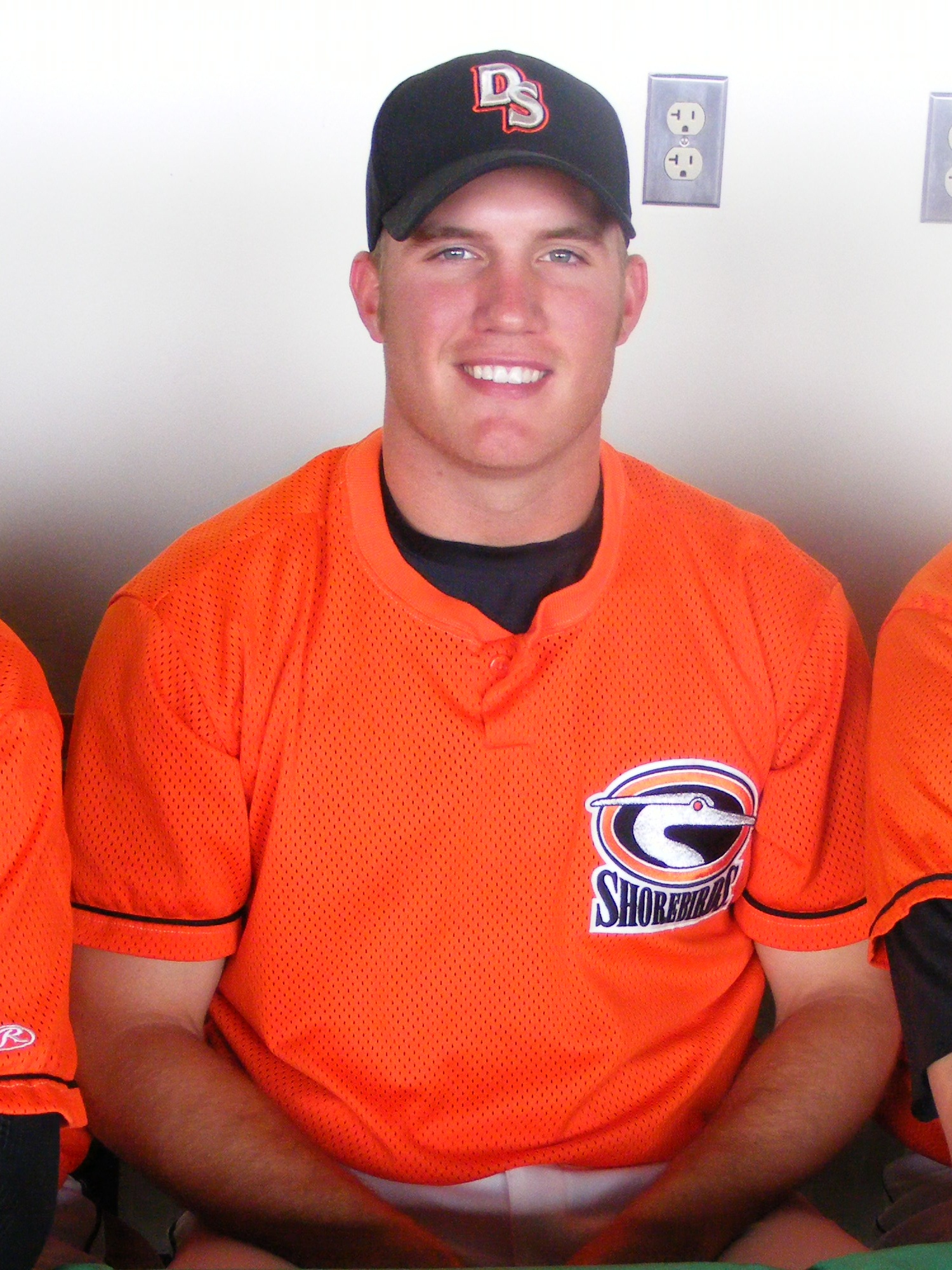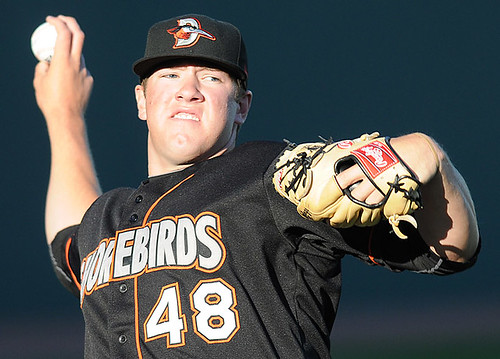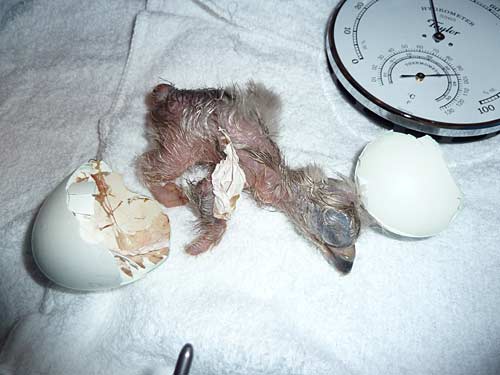Another pet project of Verducci is his love of how age performance curves may have changed after MLB instituted stricter drug testing. In today's column Verducci writes:
There is no doubt Jeter and Tejada are struggling enough that their managers will face questions about where they bat in the order and how many days of rest they should be afforded. But guess what: This is what life used to be like for 37-year-old middle infielders. All of us have to recalculate what should be expected of players as they age through their late 30s.That is a pretty foolish statement to make. Just because Jeter and Tejada are doing poorly, are old, and you have a hypothesis . . . it does not necesarrily mean it is a good idea to lump them together. Verducci fails here because he makes an assumption that there were actually 37 year old middle infielders who were good. It just has never been so.
So, how many seasons has a 37 year old or older SS produced a WAR greater than 2?
19.
Under Verducci's statement, we would assume that his carefully researched piece would indicate that a large proportion of those 19 season performances happened in the 2000s. Here they are by year:
1900
Bill Dahlen, 1908 3.9 WAR
1910
Honus Wagner, 1911 7.2
Honus Wagner, 1912 8.1
Honus Wagner, 1913 2.9
Honus Wagner, 1914 2.7
Honus Wagner, 1915 4.5
1920
Rabbit Maranville, 1929 2.3
1930
none
1940
Luke Appling, 1946 5.3
Luke Appling, 1947 3.8
Luke Appling, 1949 4.6
1950
Pee Wee Reese, 1956 2.5
1960
none
1970
Maury Wills, 1971 2.0
Luis Aparicio, 1973 2.3
1980
Larry Bowa, 1983 2.7
1990
Ozzie Smith, 1992 4.3
Ozzie Smith, 1993 2.5
2000
Mike Bordick, 2003 2.1
Omar Vizquel, 2004 3.1
Omar Vizquel, 2006 3.1
As you can see clearly, there is not some amazing boost to the presence of useful, old shortstops in baseball in the 2000s. This sort of thing happens a couple times each decade and usually happens with a rather unique individual. The fact that there is not likely going to be an average 37 year old or older SS this year in baseball is not exactly a useful piece of evidence.
Best bets to cross the 2.0 WAR threshold this decade?
2011-2012 Derek Jeter
2013 Marco Scutaro
2015 Rafael Furcal





















